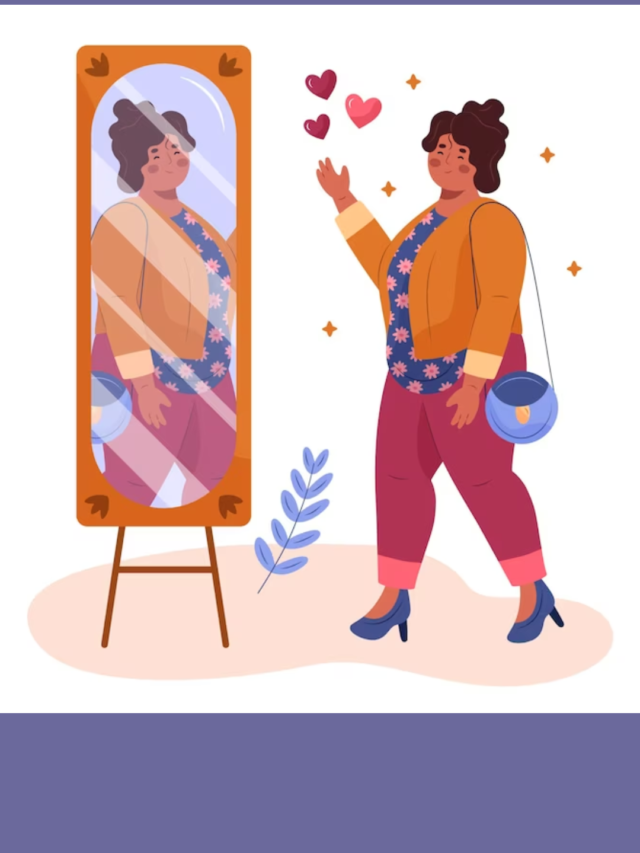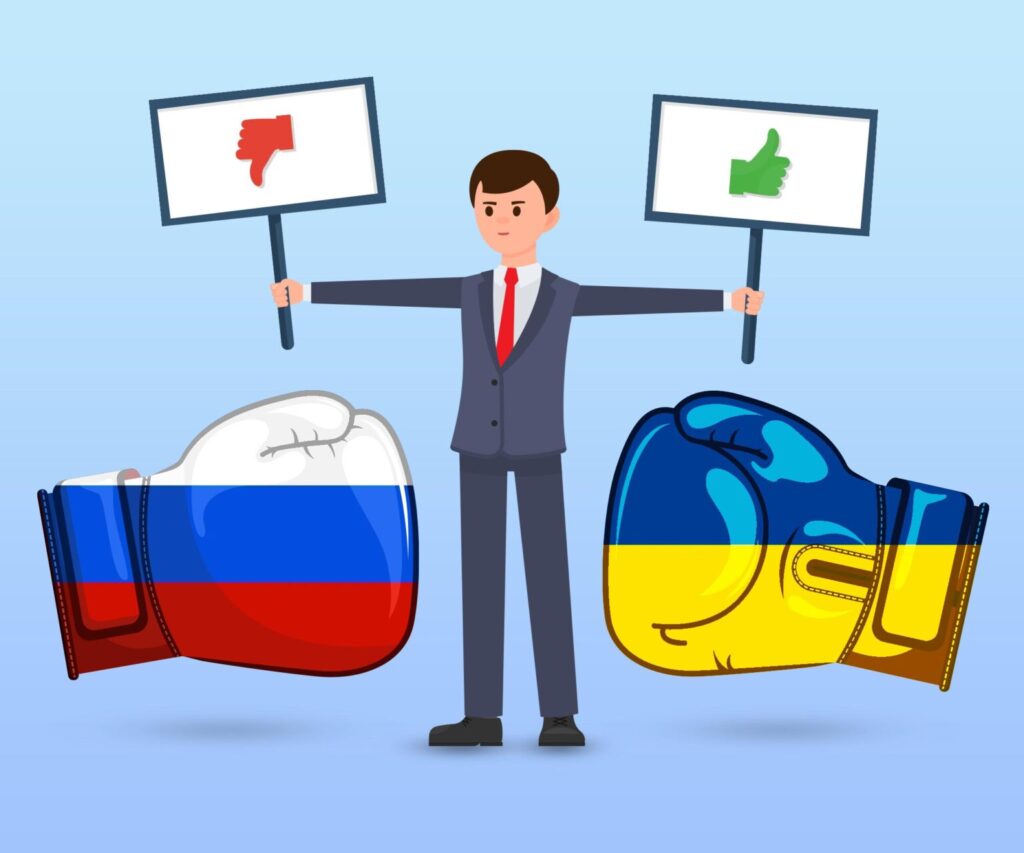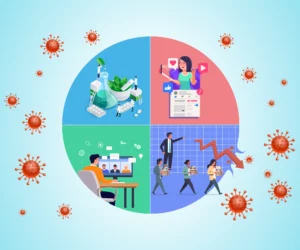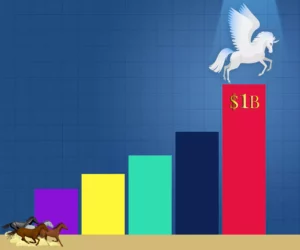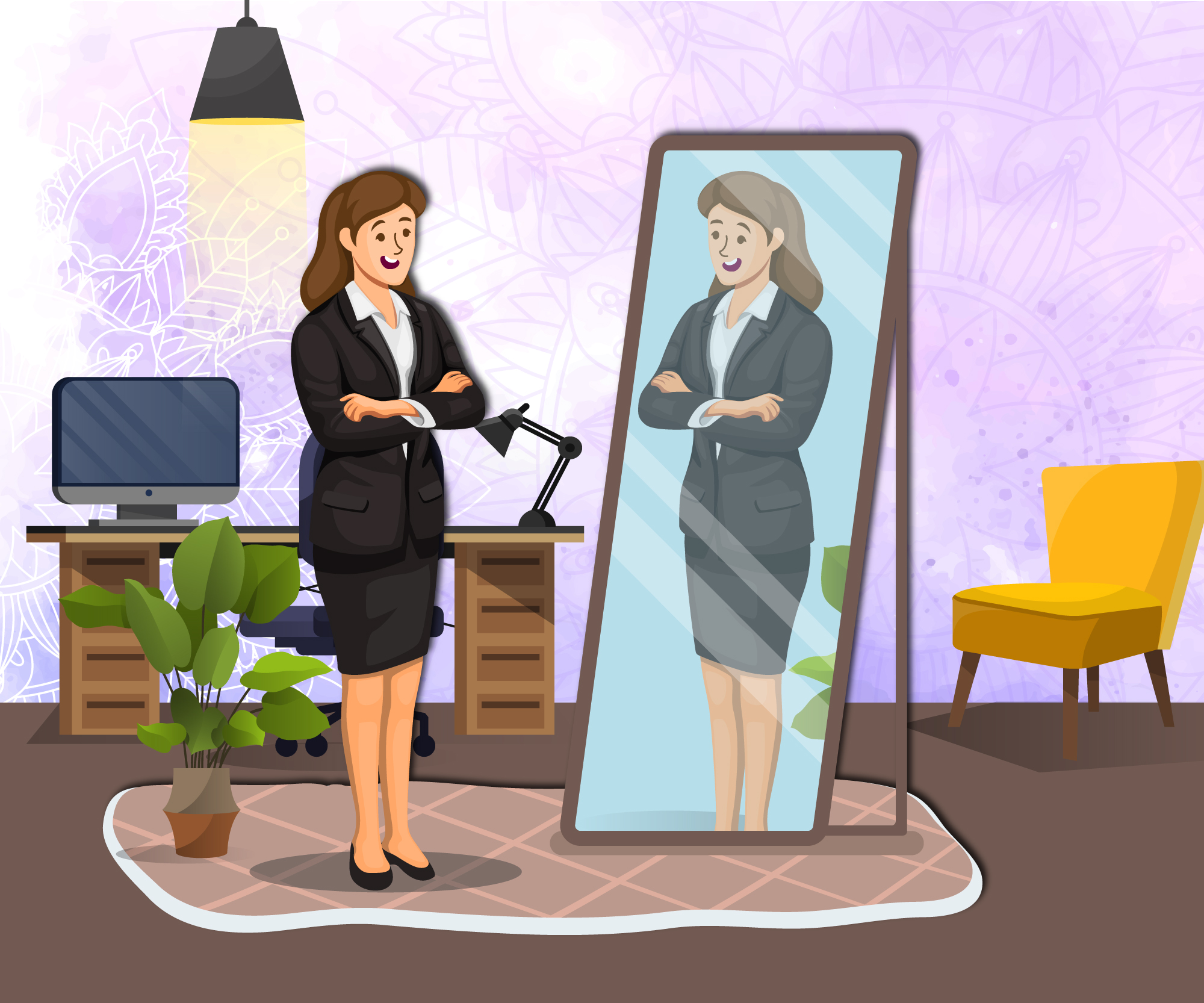
Have you watched the Snickers ads that point out that you don’t behave like yourself when you’re hungry? Being aware that you are hungry or thirsty, in pain, or even sleepy is not as apparent as it may seem. Think of toddlers who get increasingly cranky, but refuse to accept that they’re tired. Now think about an argument you had with someone where you felt strangely better after you had a sip of water or used the restroom! Knowing how your physical state may influence your decisions, tone of voice, or actions can help you avoid conflict and save you from trouble. And wouldn’t that be a meaningful revelation we could put to good use at the office? Let’s explore levels of self-awareness in the workplace and how they can grant insights into who we are.
What is self-awareness?
Self-awareness is the ability to focus on yourself and how your thoughts, actions, and emotions align in any situation. It is also about recognising your inner states (physical and mental). You can further extend self-awareness to a second, related recognition of how others perceive you: are you being loud? Threatening? Too self-effacing?
These abilities are crucial, especially in a workplace with a definite decorum to be maintained. In addition, working from home may have taught us something about ourselves: when we work best, how our bodies respond to external factors, what work we find easiest, etc. If you have noted these, they are valuable data points. If not, read on to see how you can build greater self-awareness in the workplace.
Physical states
‘Checking in with yourself’ is something many therapists recommend. This process involves closing your eyes, being mindful of your breathing, and examining your mind and body to look at how tense you are in the given moment. Doing these things can help you notice discomfort and trace its root cause, ultimately building awareness of your physical state.
‘How does it help?’, you may wonder. If you detect that you’re starting to get a headache, the reason could be hunger or stress, and you might want to take medication. It may also help if you communicate that you need a break from work to focus better. Ignoring what your body says and pushing yourself too hard will land you in a negative state from which nothing productive can come out.
Now extrapolate this to multiple workplace interactions! When you know something is going wrong, you can be more watchful of your behaviour, actions, and work performance. For example, suppose you are aware that someone annoys you. In that case, being one with your internal framework allows you to prepare for your interaction and be vigilant. Awareness of your feelings will ensure that your reactions towards this person are valid, consistent, and not simply driven by any underlying hostility you feel. You can also identify the source of the dislike and deal with it accordingly. And if you realise the person has been unprofessional or exploitative, you can bring this to the attention of people who can do something about it.
It’s equally important to be aware of positive moods. When you feel happy or optimistic about the outcome of a project, you may tend to over-promise on some tasks. Be mindful of such rose-tinted glasses.In such situations, remember to pause. Review similar work in the past or ask someone who has done this so you can have a realistic idea of whether your ‘I’ll have it in your inbox in 2 days’ is feasible. Allow yourself a healthy pace of work. Moreover, knowing your primary physical state can help you improve communication, make realistic commitments, and be a more effective colleague and team member.
Cognitive biases
While our physical state plays a vital role in determining how we approach issues, other independent factors come into play.
A cognitive bias, in simple terms, is a tendency to pay attention to some information while rejecting others or recall some information faster than any other. Our brain uses our experiences, or other people’s experiences, to help filter information effectively. This filtering can be efficient in some ways but can also result in blind spots or misleading information.
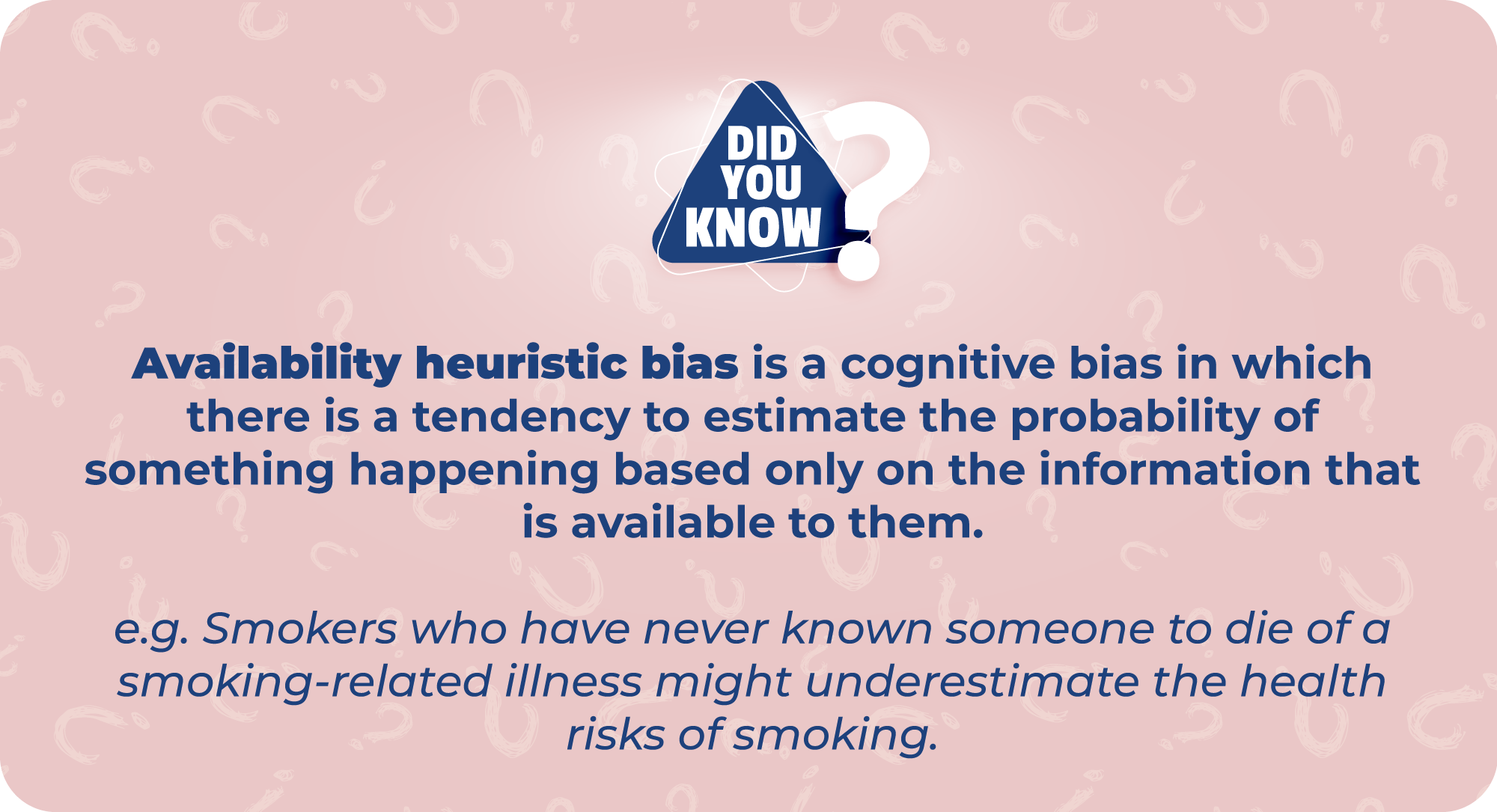
While there are many biases, let’s examine a couple of examples. The most famous is the confirmation bias, where we look for information that matches what we already know. So if you think Manchester United is a great team, you’re likely to note statistics that back you up. But, conversely, you will not pay attention to their wins or goal records if you think they’re a terrible team. If this kicks in at work, it makes you less likely to look at things objectively, which could adversely affect the company and your role.
Other cognitive biases that can destabilise a workplace are also related to stereotypes. For example, a gender bias or racial bias can lead to employers overlooking employees even if they qualify for the position. Considering that we live in a time which welcomes neurodiversity in employment, such biases could hurt a company’s effectiveness and image. On the contrary, it is possible to assign roles to employees merely based on the assumption of their expertise. Stereotypes about educational backgrounds can also come into play—“XYZ is a humanities graduate. There’s no way they’ll be pragmatic enough for this highly technical task.”
The damage of stereotyping doesn’t end there. They even go on to prevent companies from recognising problems at work. For instance, dismissing a female employee’s feedback with the thought, “Women always complain about stuff.” These biases may be culturally ingrained, making them all the more difficult to recognise. Here, sensitisation and workshops on critical thinking and building awareness about cognitive biases come in handy.
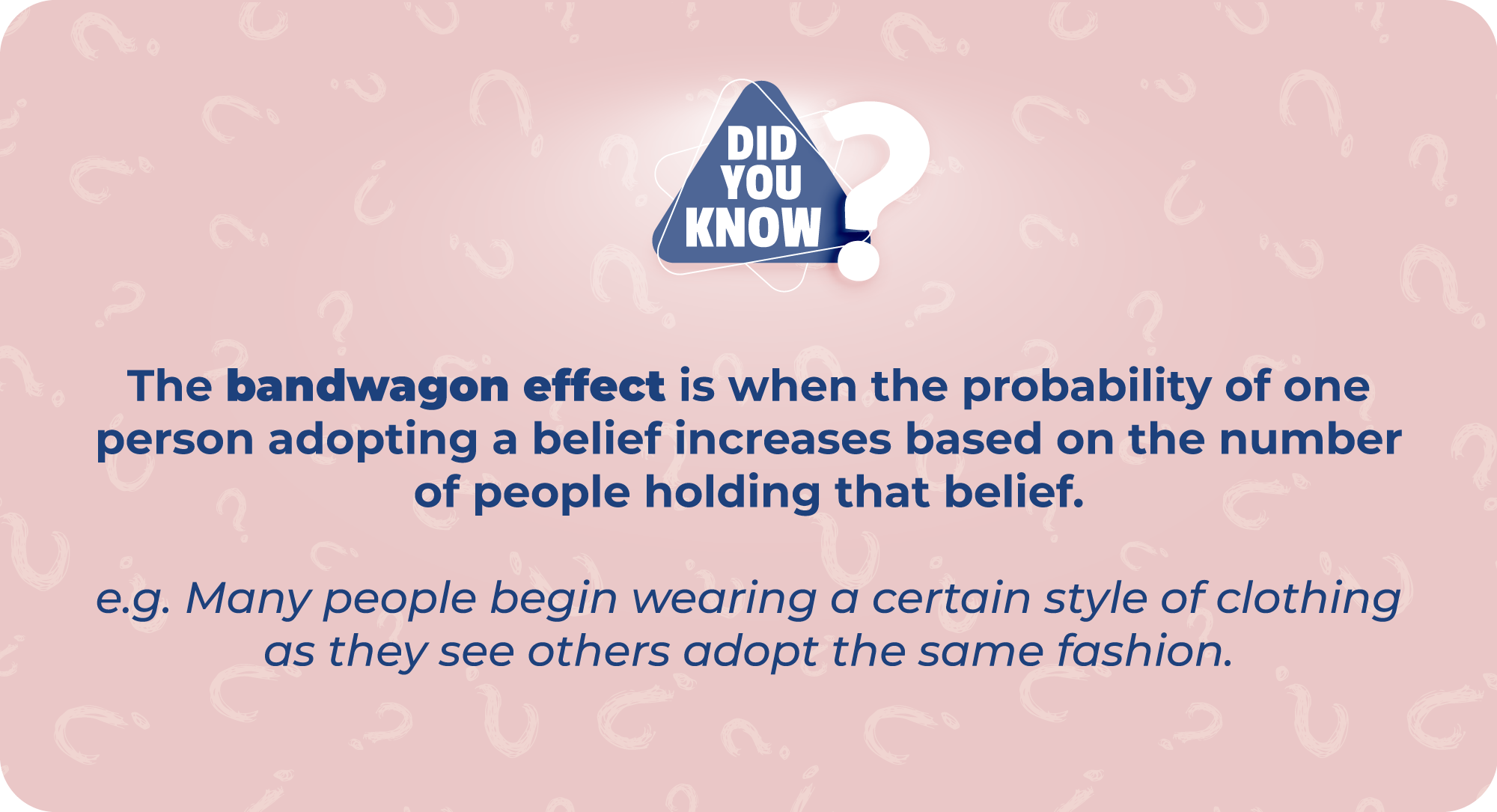
Self-awareness in the workplace: how to acquire it?
Critical thinking and self-reflection are strongly linked to self-awareness. Looking back and asking yourself Why? and How? can be the first steps towards developing a practice of self-awareness in the workplace.
“Why did I apologise even though I think I was right?” [Was I trying to keep the peace? Did I discover I had made a mistake? Or did I think it should come from me, given our positions in the hierarchy?]
“Why did I choose this colleague and not the other one?” [Is their work record better than the other? Or do I feel more comfortable working with them? What did I think prevented the other person from doing the same job?]
“How did this person’s feedback make me feel?”
“How did I deliver this feedback? Did it help?”
Reflections like these, where you look at both your physical state and also question your own biases, can reveal a lot about your character and judgement. Here, self-awareness can turn into a ‘boon or a curse’. You may end up saddled with too much information about yourself without knowing how or what to change.
Building self-awareness in the workplace, creating change
Now that you know what self-awareness is, how do you build it in the workplace? Let us look at some of the ways of doing so:
- Speaking to mentors or therapists could help you navigate change and implement strategies to remain aware of your thoughts and actions in the future.
- Building in exercises where you review your thoughts and actions could be a daily habit you teach at the workplace. You could do reviews with your team, encouraging everyone to bring in a new idea or deliberately looking for information that contradicts your findings or work.
- Finally, sensitising sessions could help the workplace as a whole. For example, sensitisation to racial discrimination could help managers take a step back, evaluate their prejudices, and look at candidates from a purely skill-based perspective. It can help workplaces develop healthier screening processes and make it a safe space for all workers. It can also help those at the managerial level acknowledge unsafe conditions, which would allow them to regain trust.
What I’m trying to say here is that self-awareness is a sensible starting point from where you can begin making sense of most of the world around you. That means it’s not something you master within one workshop. Rather, self-awareness is an ongoing curve that requires occasional check-ins and refreshers in order to be absolutely effective.
